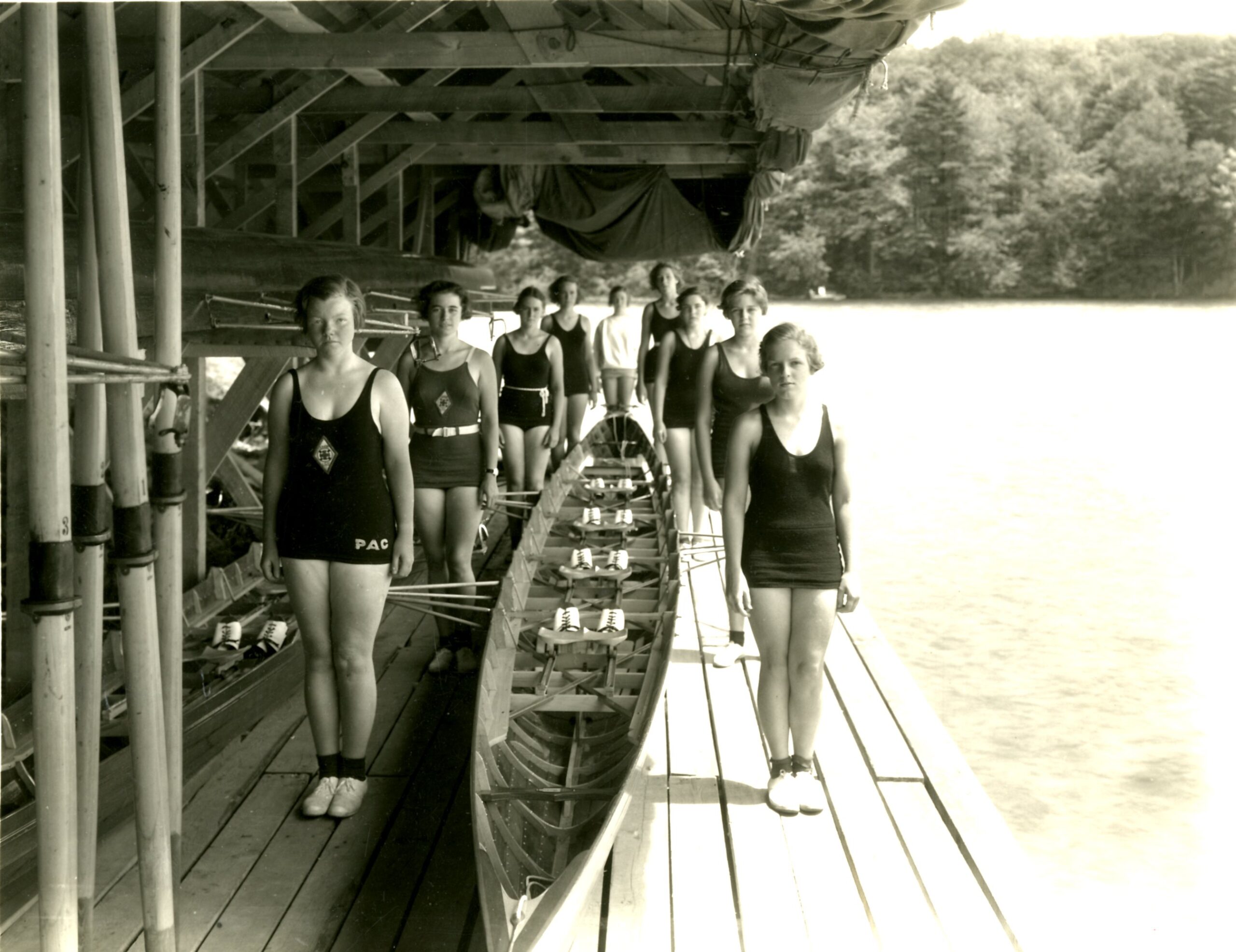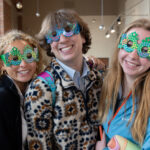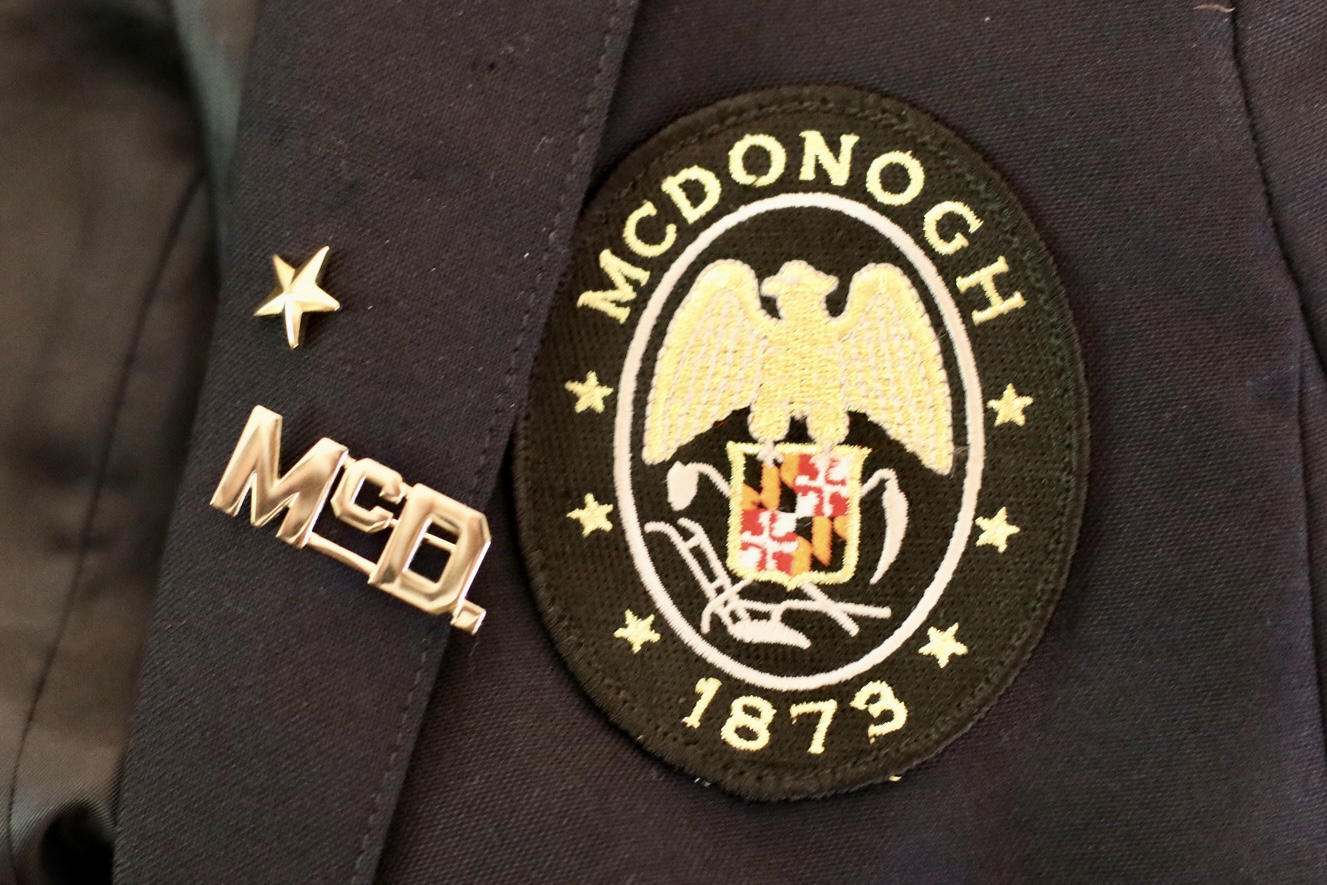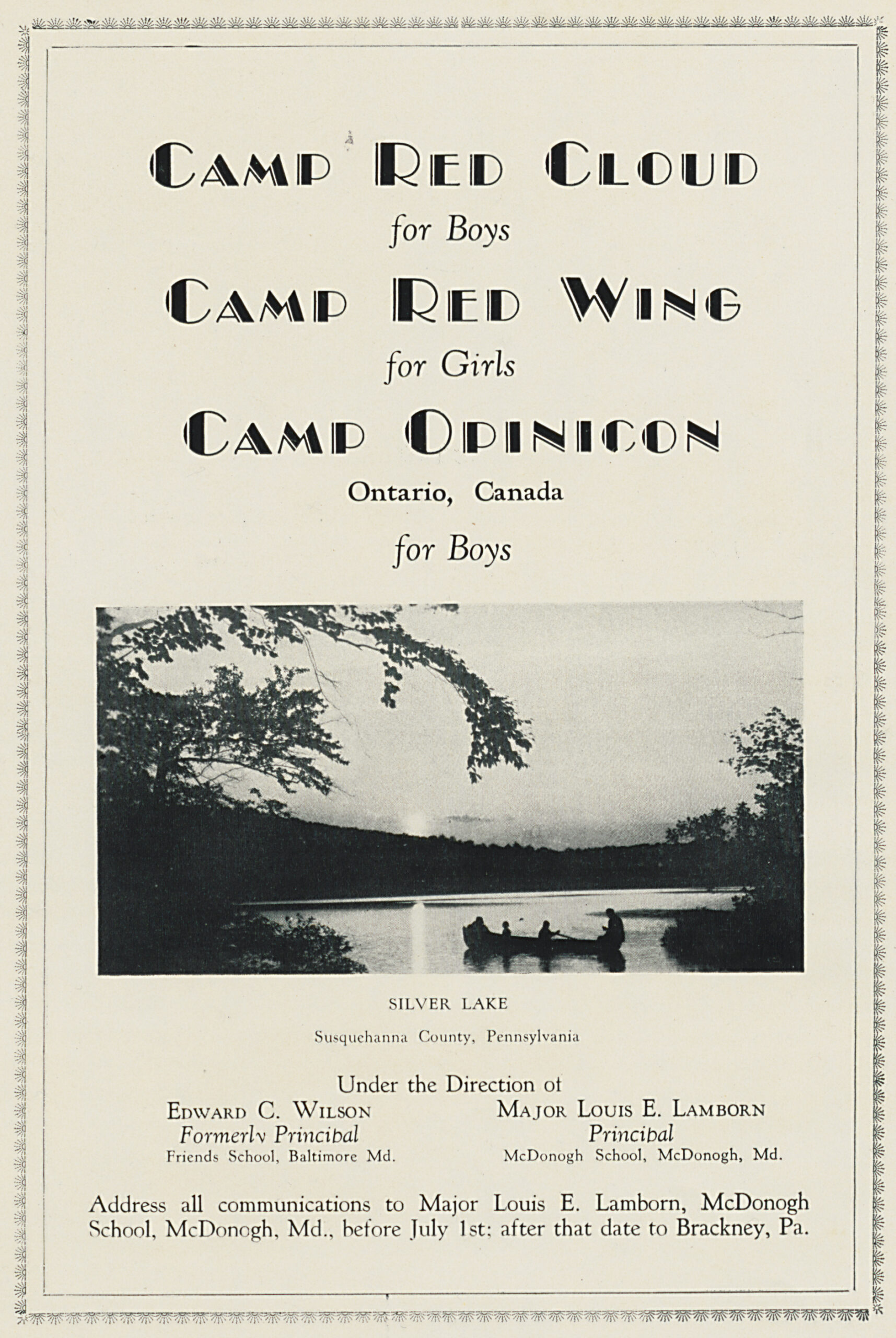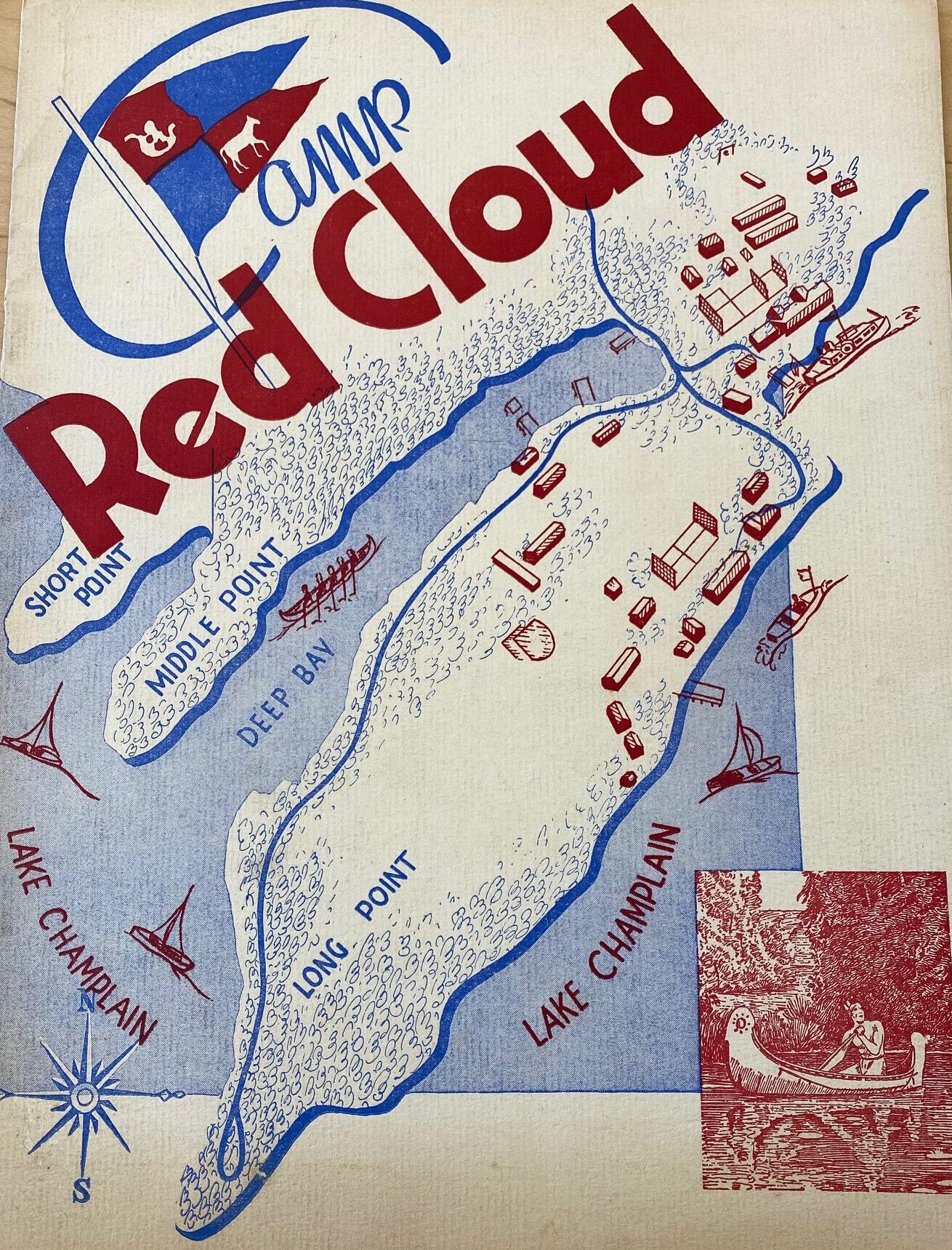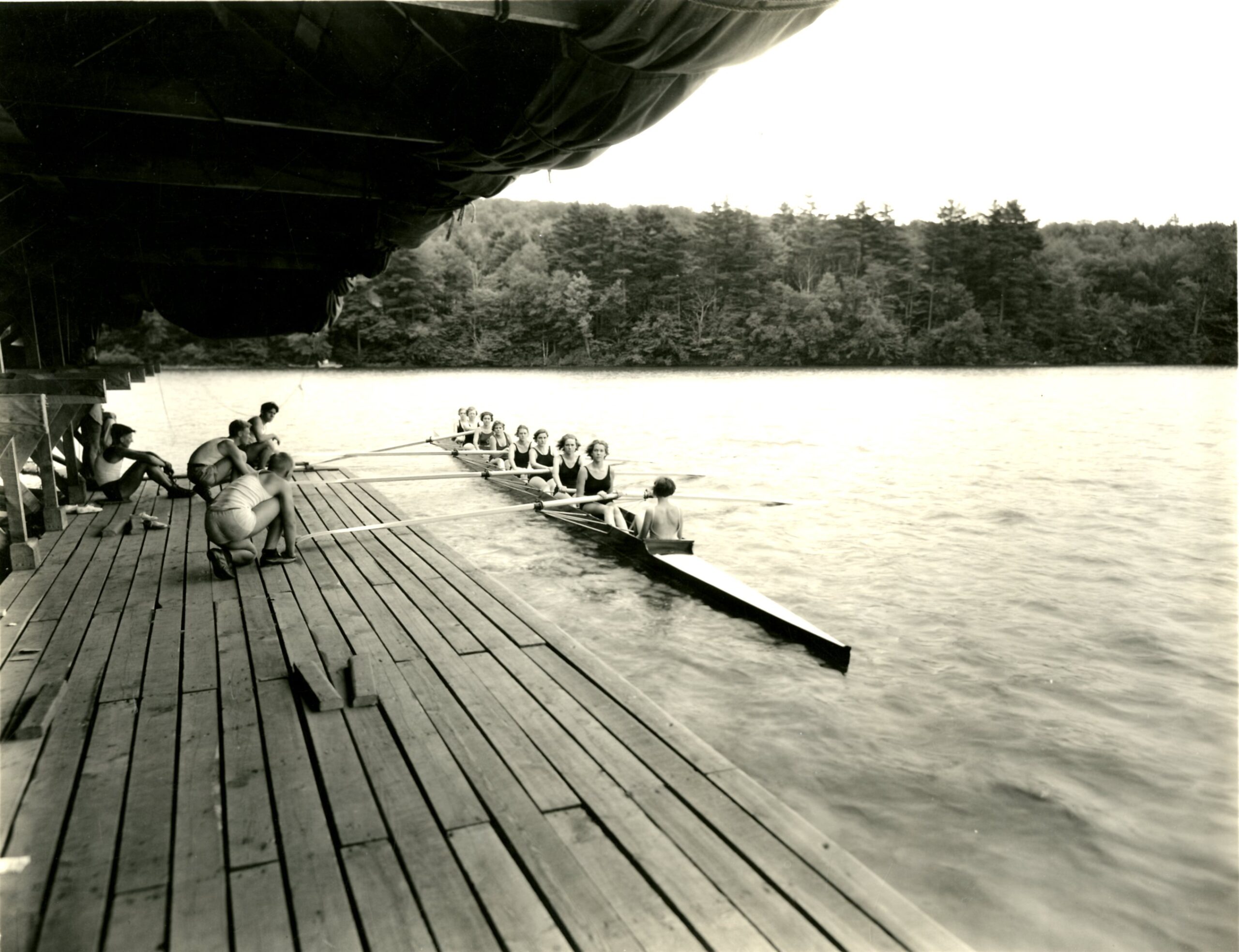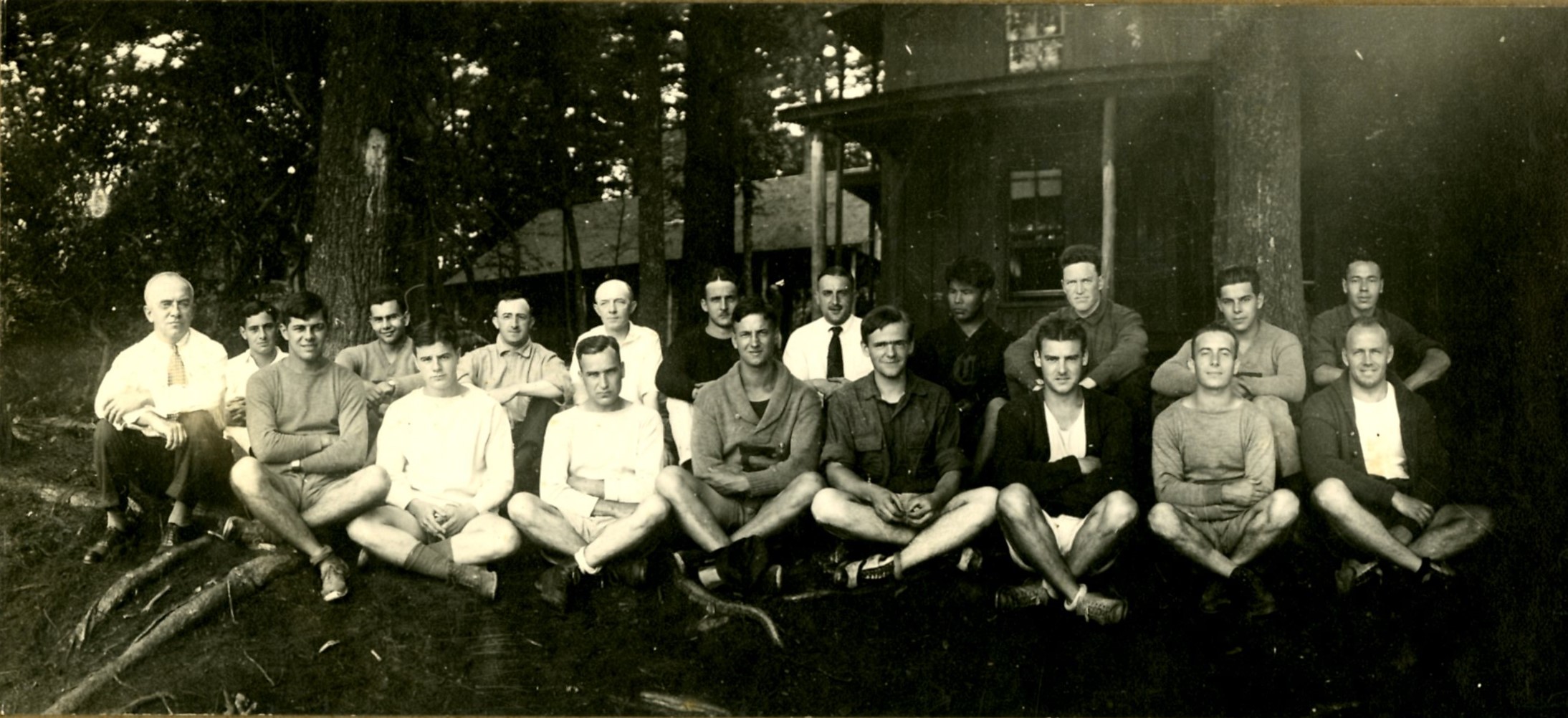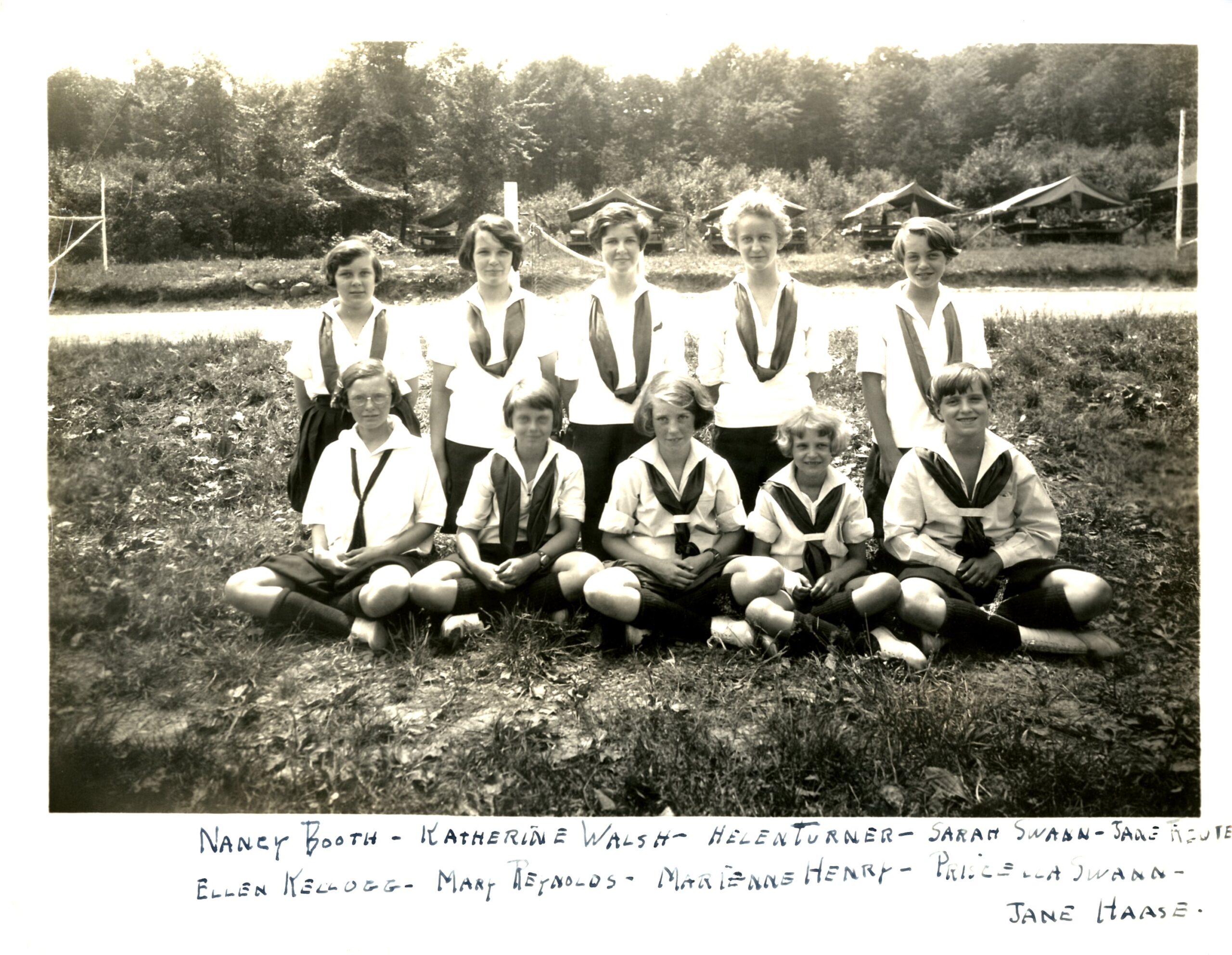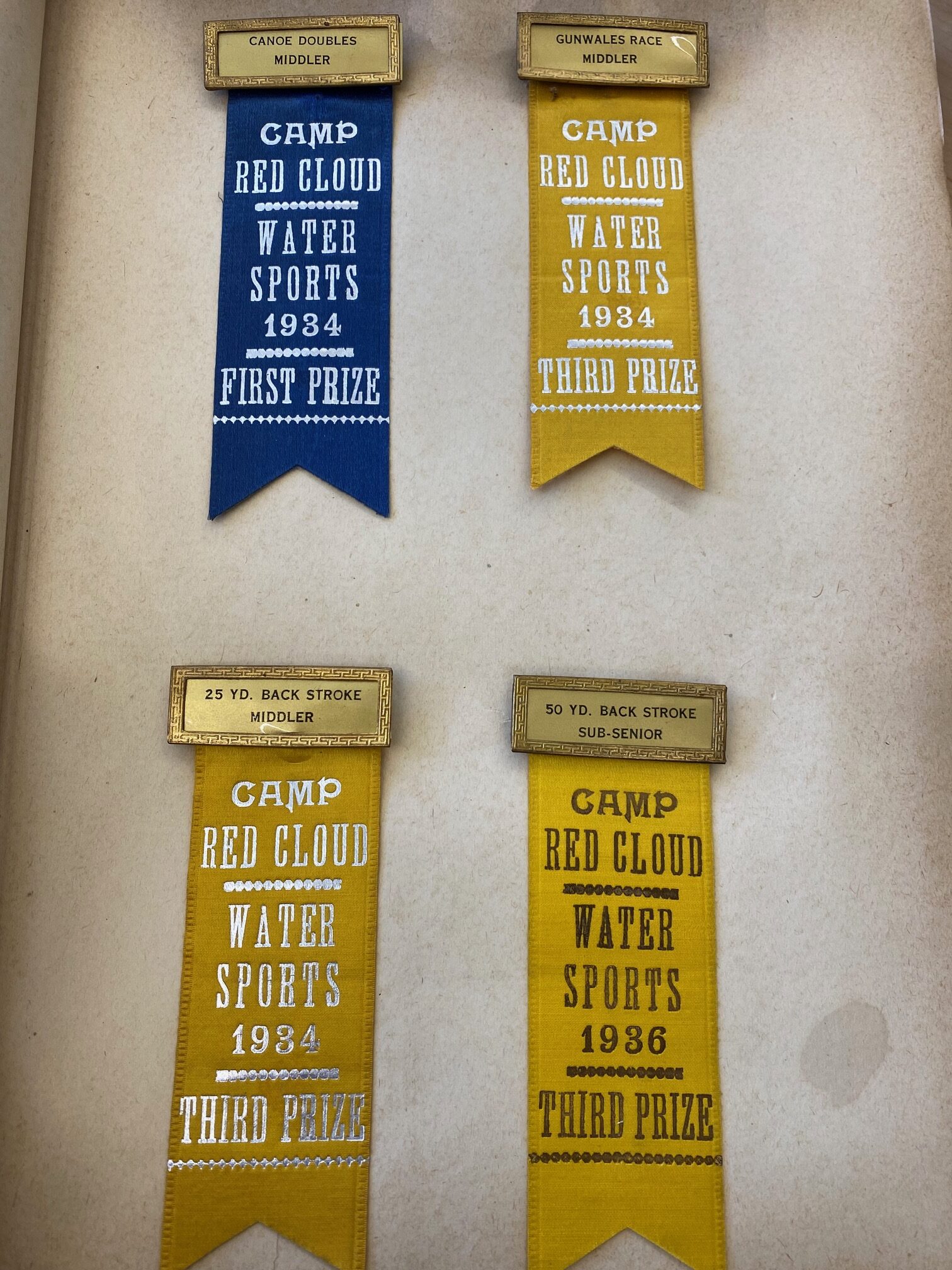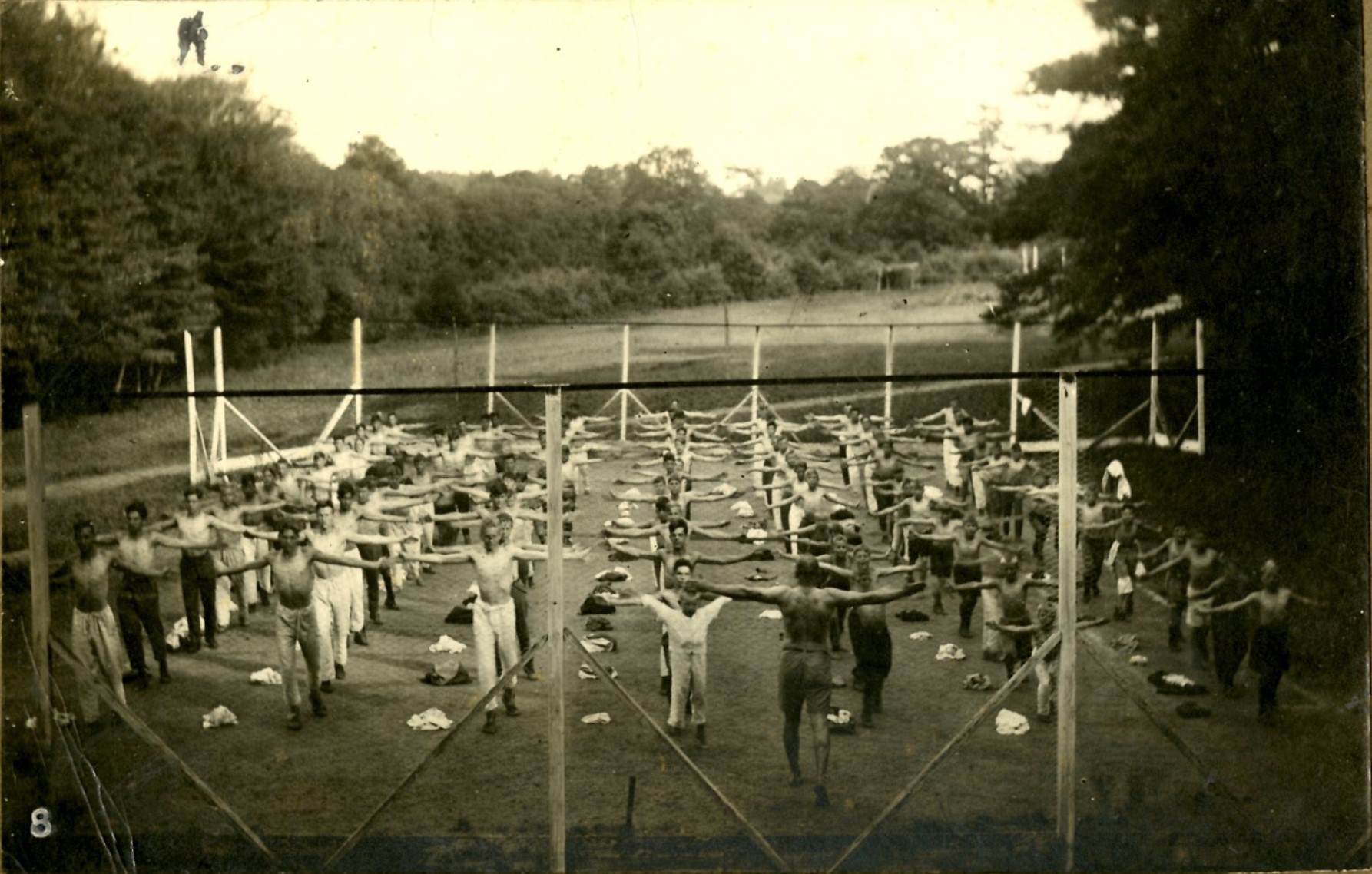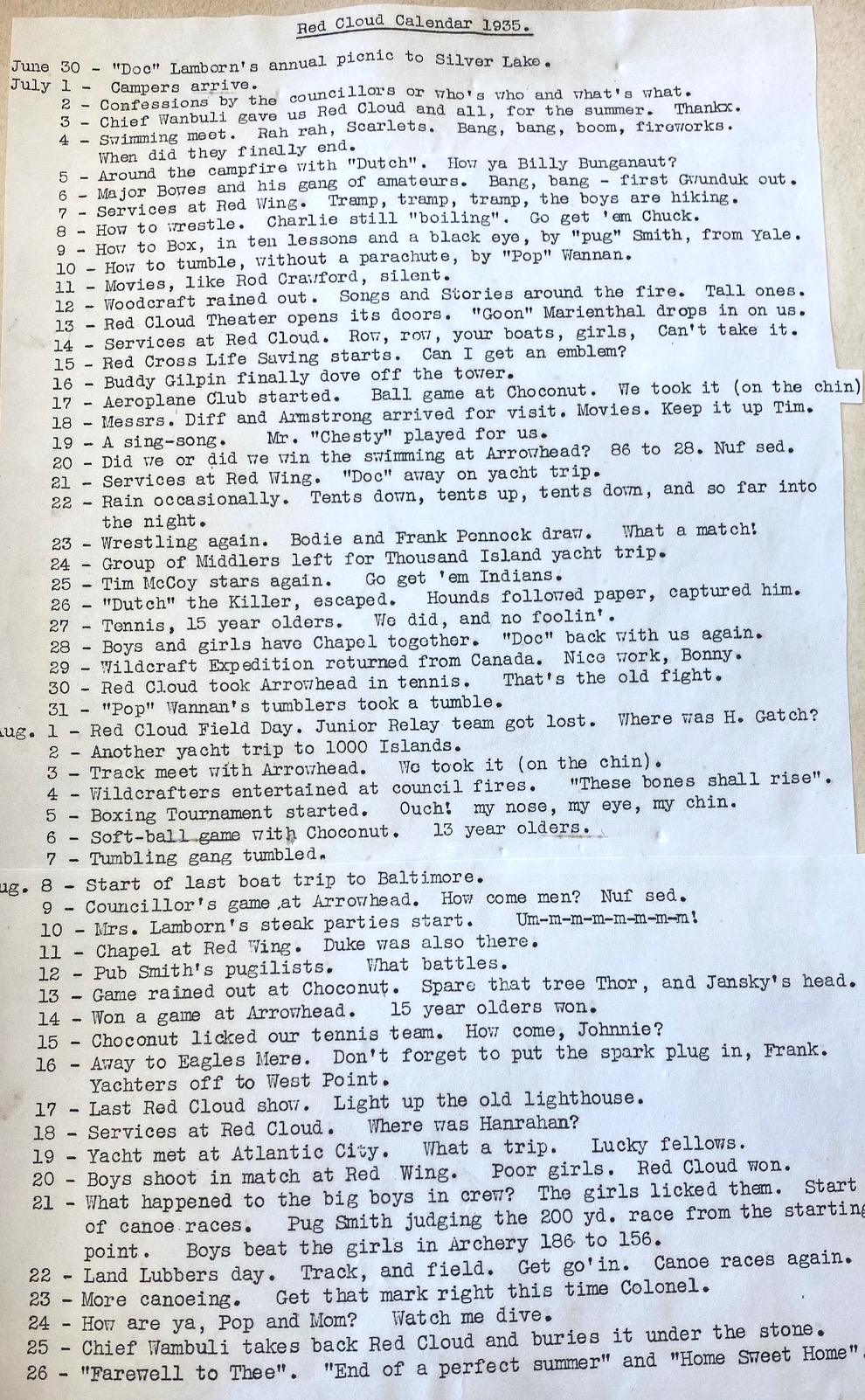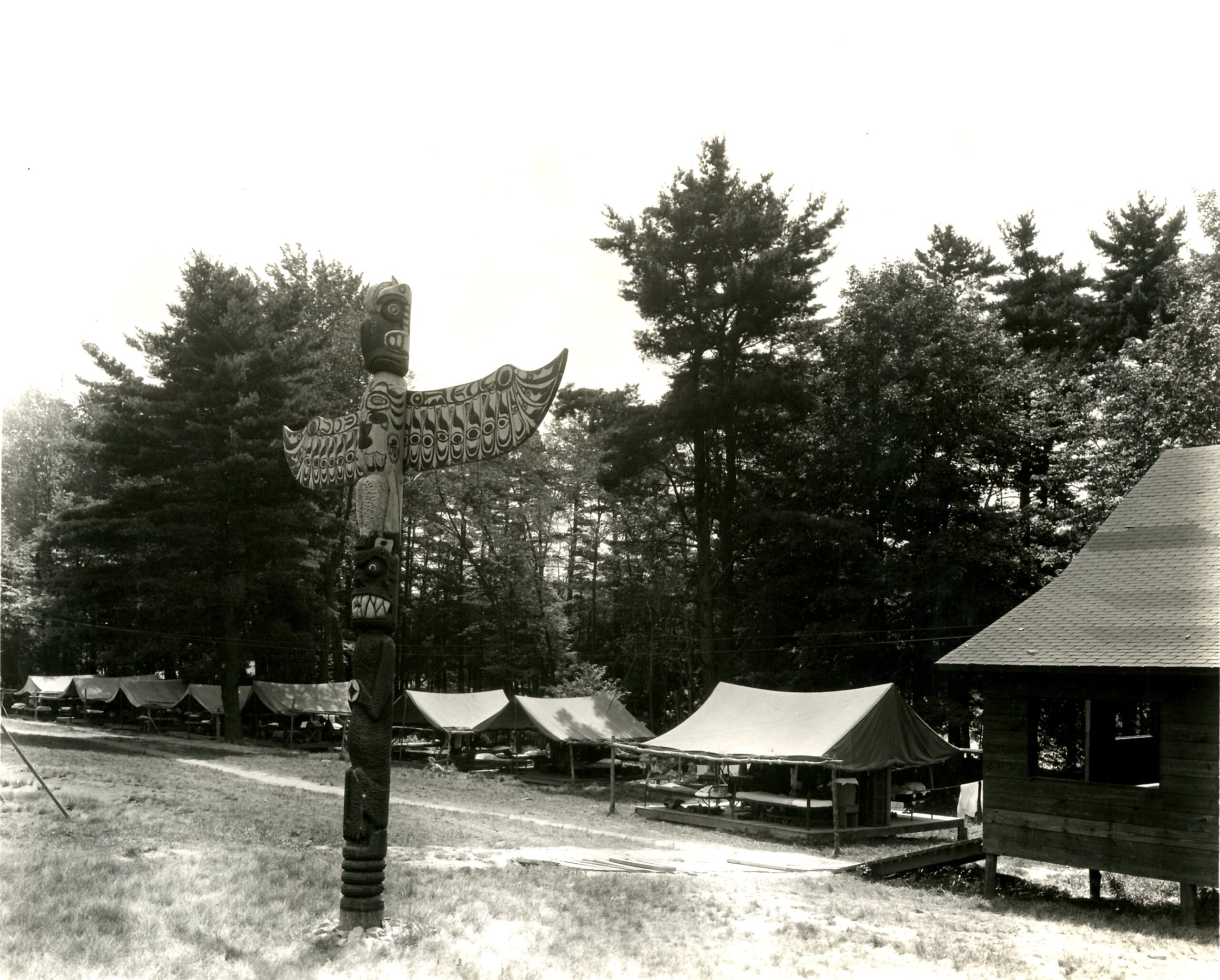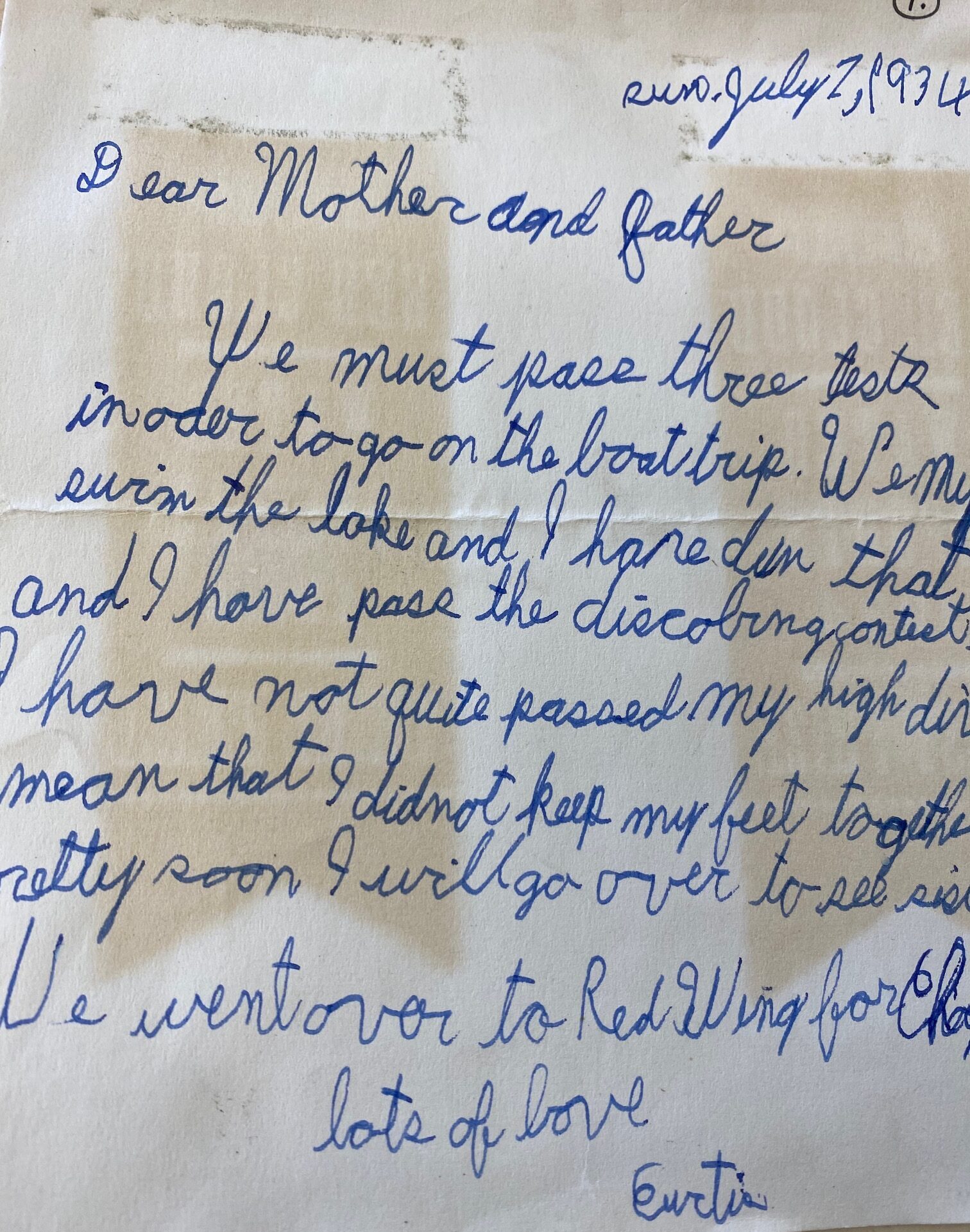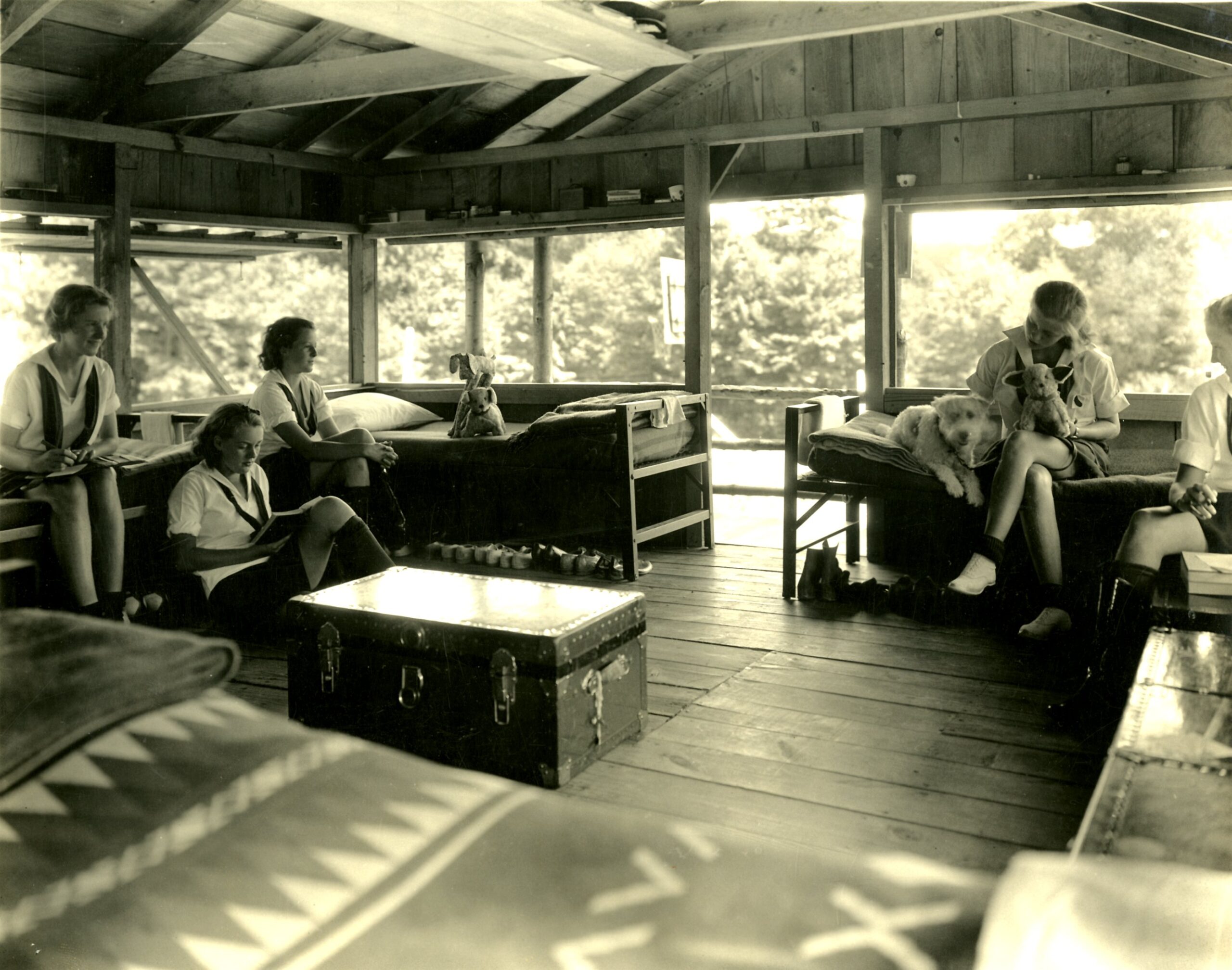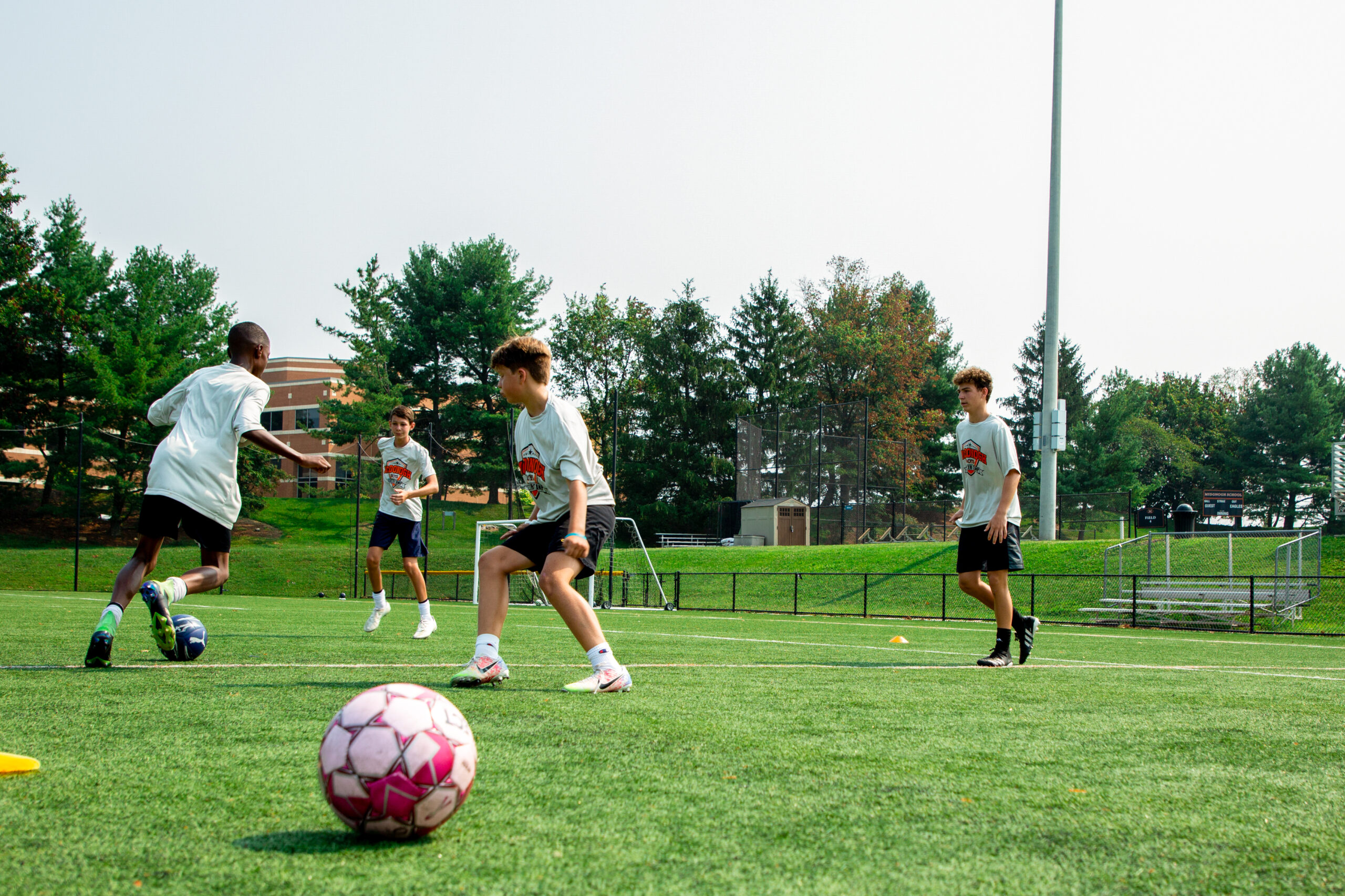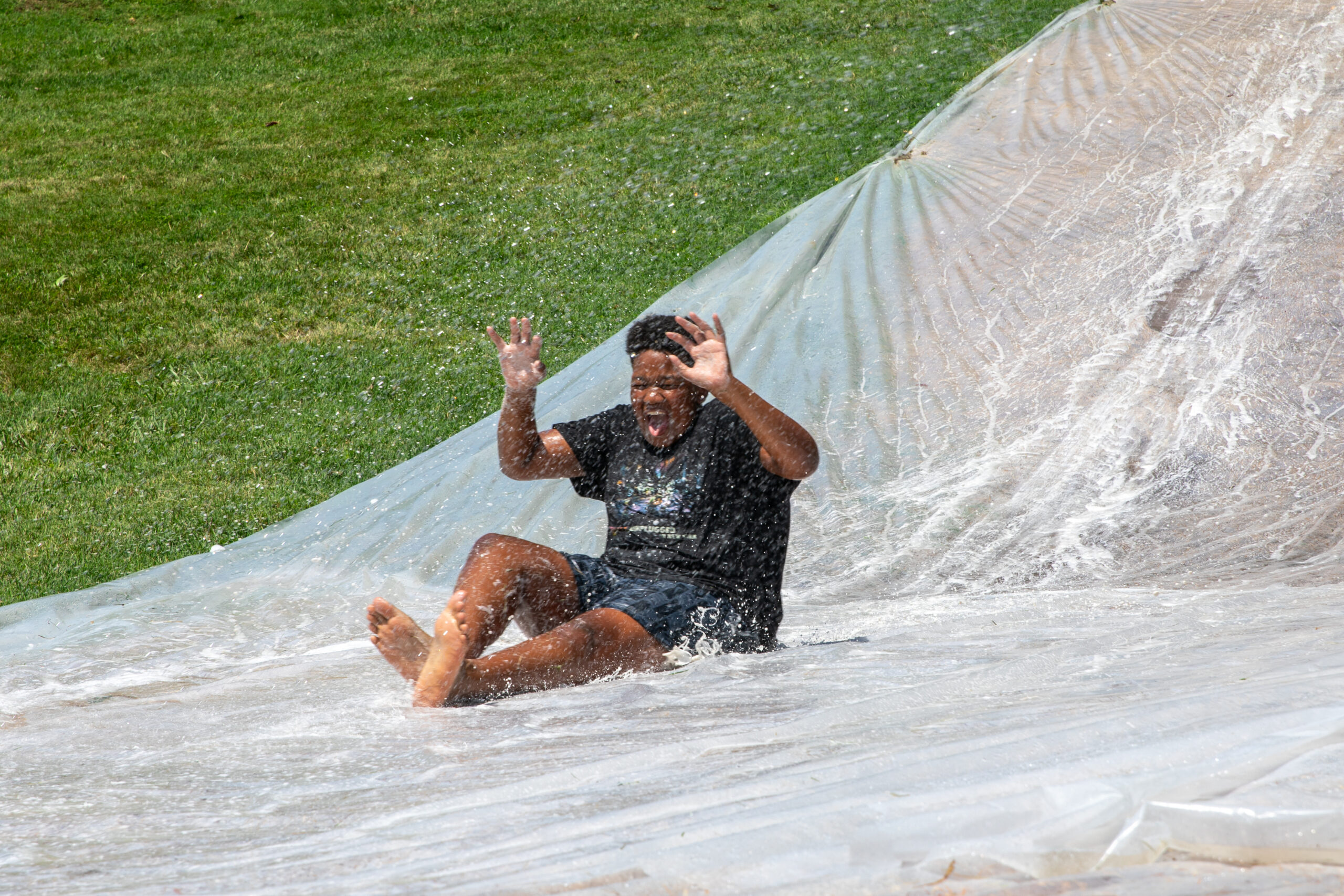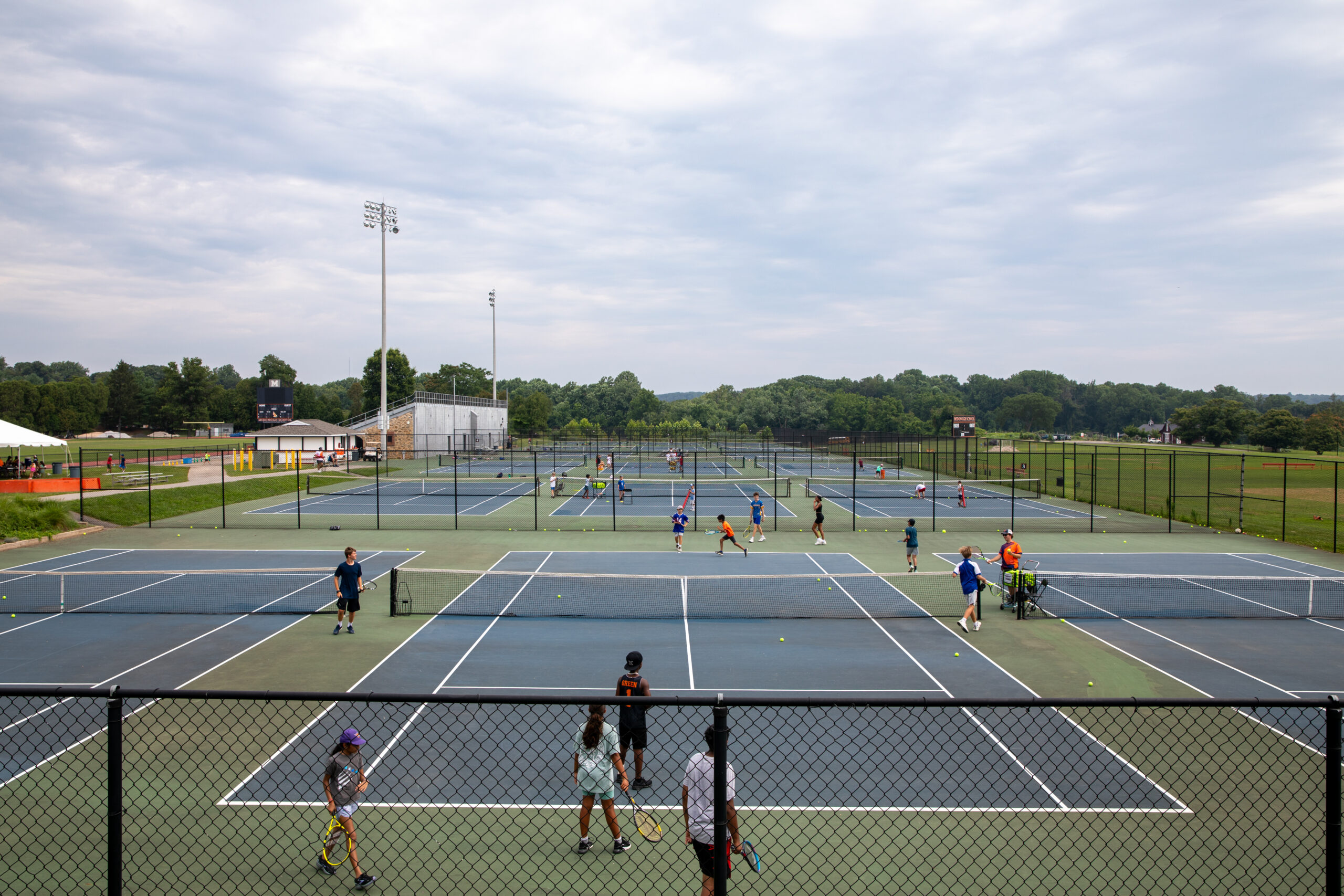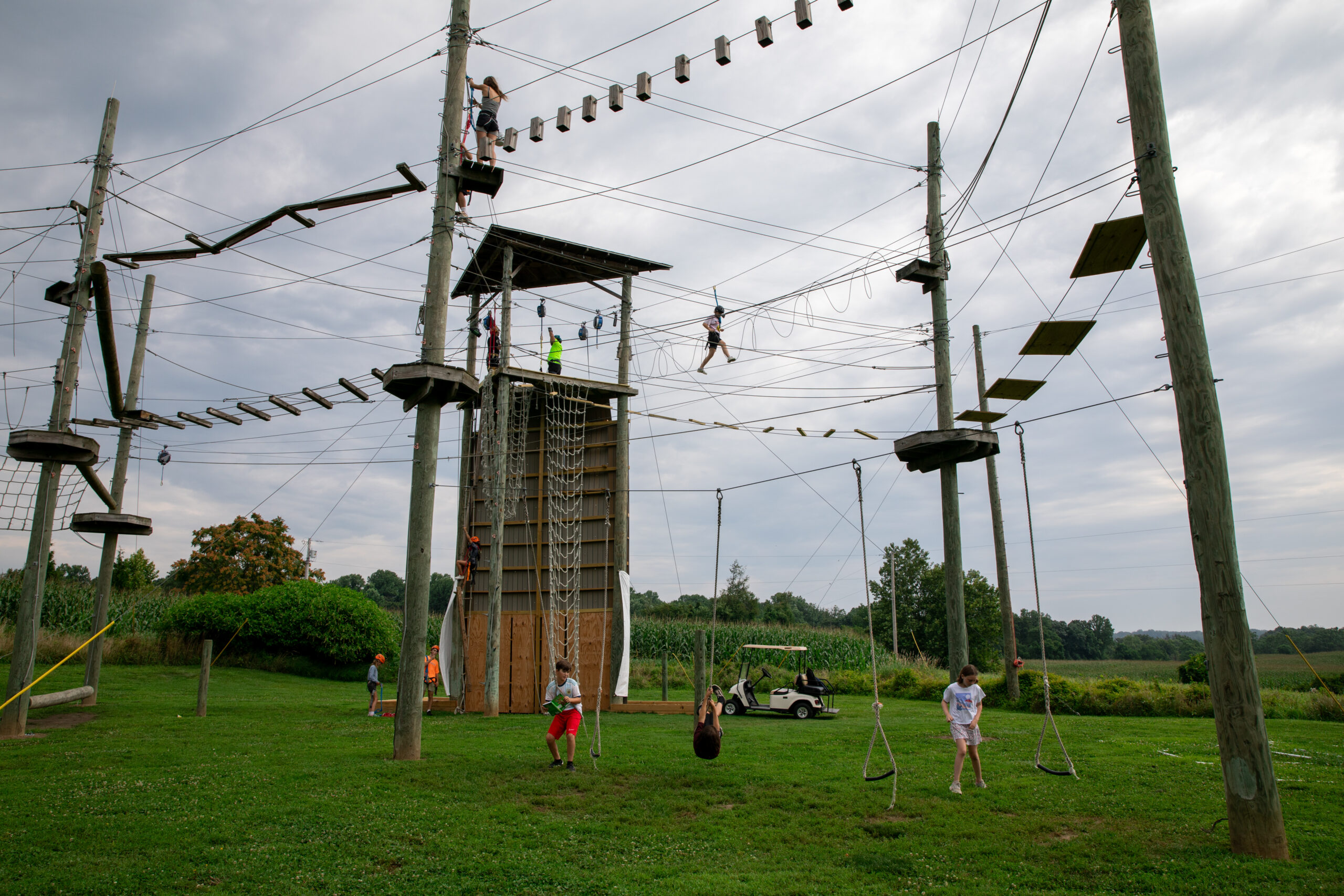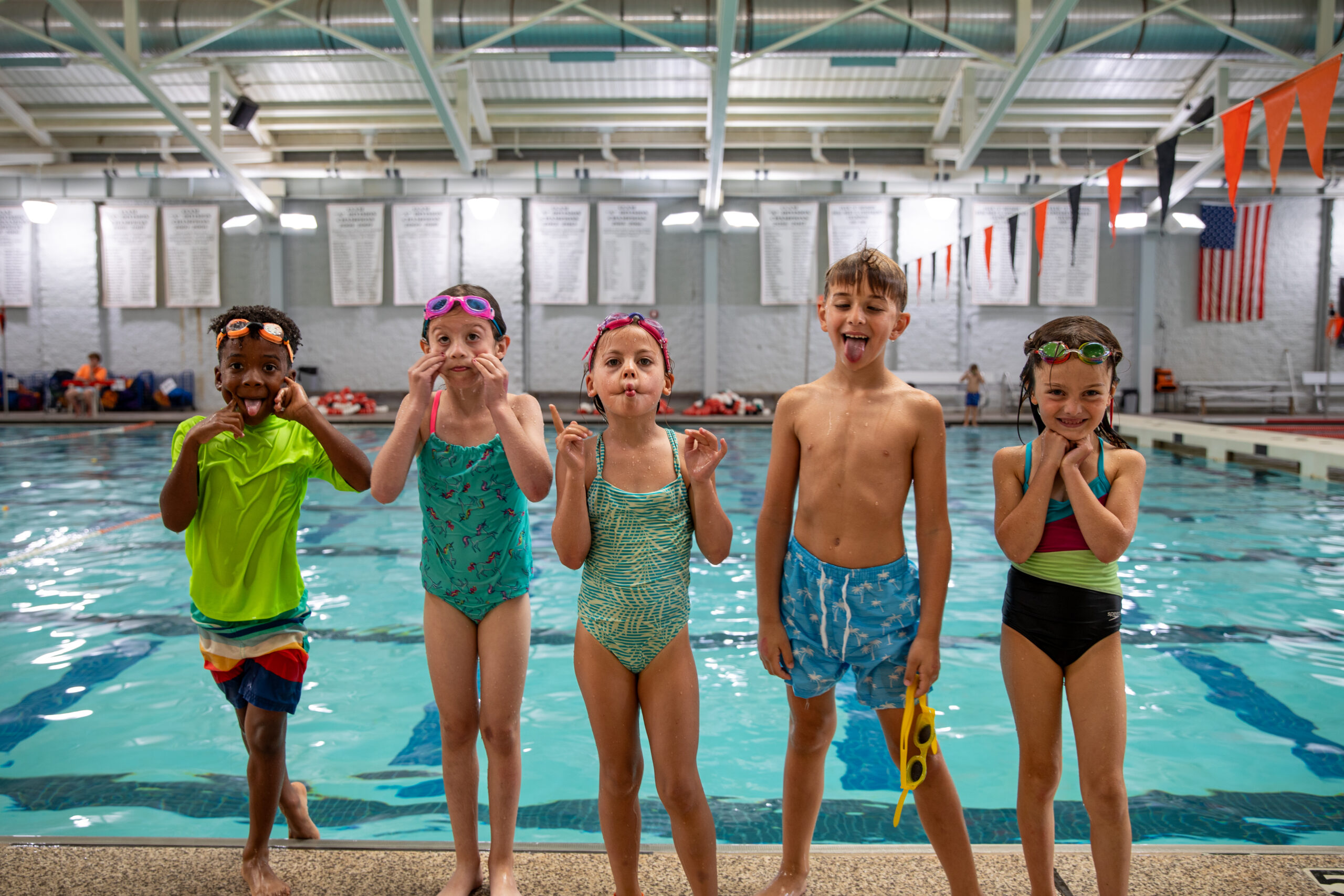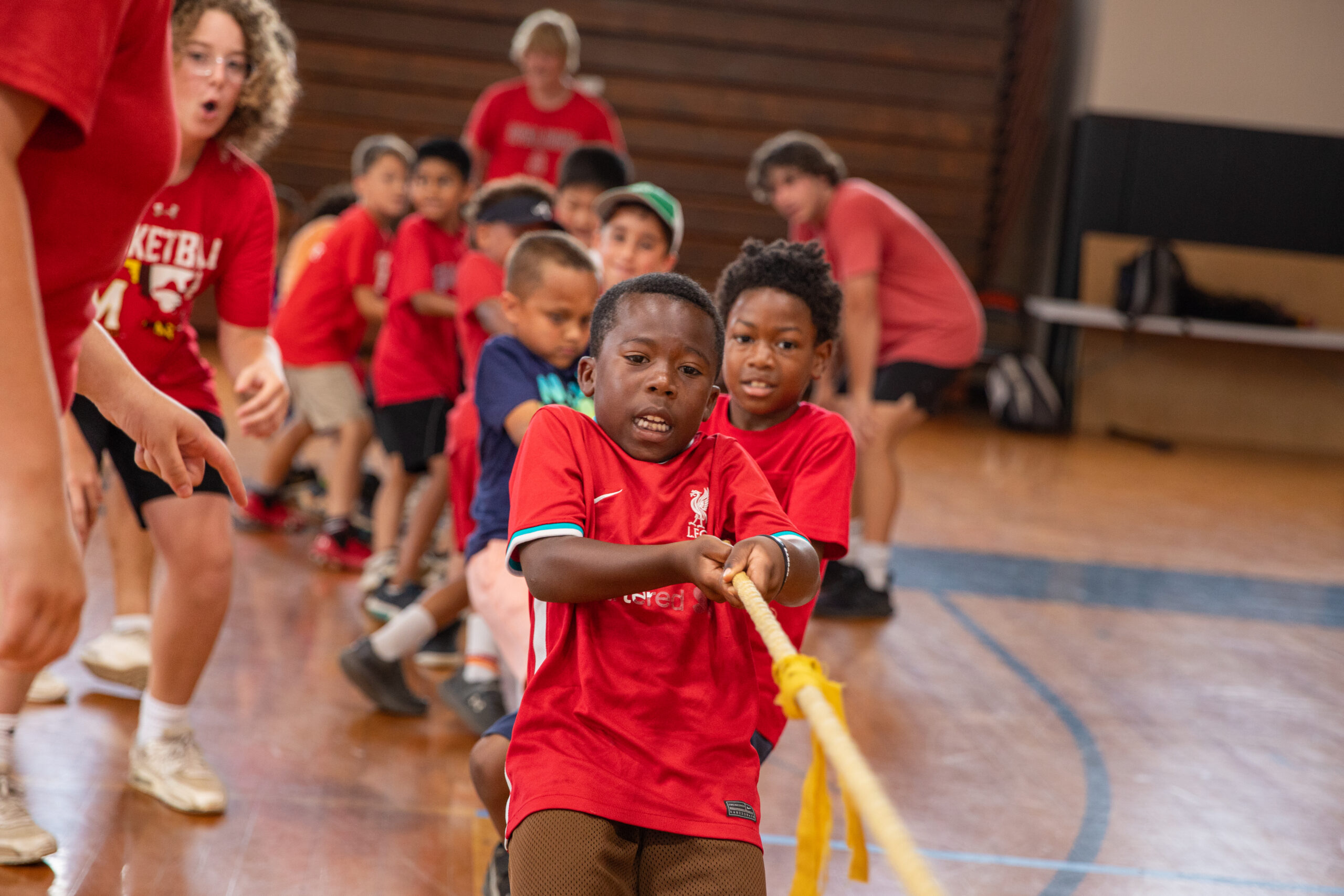Before he became Headmaster, Doc Lamborn established Camp Red Cloud on the shores of Silver Lake in Pennsylvania in 1912. At the time, it was virgin camping country with “unfrequented roads, woods and streams free from abuse or contamination.” But 20 years later the untouched quality disappeared, due to better roads, better and cheaper cars, and expanding civilization.
In 1931, Lamborn and the camp directors started a search for a new campsite protected against possible future encroachment. Five years later, they discovered a spot above Plattsburg, New York, with the Adirondack Mountains to the west and the Green and White Mountains to the east. The site, on Lake Champlain, was protected from bad storms and was perfect for boating and water sports. They felt the future of the camp was safe on the property called Long Point. It also allowed for the safety of younger campers and adventurous opportunities for senior campers. “Mountain climbing, canoe trips through beautiful northern New York, Vermont, and Canada, historic pilgrimages — all are possible and right at the door of the camp,” boasted the promotional brochures for Camp Red Cloud for boys and Camp Red Wing, the sister camp for girls at the other end of the lake.
Doc’s son, Bob Lamborn, who eventually served as a camp administrator, noted that the camps were entirely civilian. “There was no military structure in them, but they still operated with the same character goals and the same academic, athletic, and recreational goals as McDonogh,” he once recalled. Each summer the campers and horses were transported to the lakeside location on trains that traveled from Washington to Baltimore, Philadelphia, New Jersey, and New York, picking up campers along the way.
The directors of Camps Red Cloud and Red Wing believed “the greatest and most lasting gifts that a camp can give to each of its members are those of an intangible quality.” As such, they worked to “impart to each boy an appreciation and awareness of those fine qualities which make for a healthful, well rounded, considerate life.” They told parents, “Beauty of location, outstanding equipment, well schooled and interested instructors, these we can and do offer. But these alone do not assure a summer of real health and growth in things of the spirit. In the use of the equipment and in the daily association of each camper with another, a Red Cloud Boy is taught generosity, unselfishness, kindly appreciation, and understanding of the other fellow.”
According to an article in the August 19, 2021 issue of the Press-Republican of Plattsburgh, NY, each summer an average of 250 to 300 campers, ages 6-17, attended the camp—even during World War II. Besides mandatory swim classes, activities included sailing, canoeing, water skiing, boating, horseback riding, tennis, archery, riflery, camp class, Indian lore, arts and crafts, campfires, hiking, mountain climbing, swim meets, and horse shows. Days began with reveille and ended in the evening with the soulful sound of Taps. The flag was raised and lowered, and a huge totem pole towered over the recreational facilities.
The camps in the Adirondacks closed after the 1964 season due to declining enrollment caused by competition, insurance problems, rising costs, and events in the owner’s lives, but that was not the end of the story. In 1934, while operating the overnight camps, Doc Lamborn proposed opening a day camp at McDonogh. The Board thought he already had “sufficient responsibilities” and it would be unfair to burden him. He held the camp anyway and it turned a profit.
Since then, McDonogh has continued to offer traditional day camps including Camps Red Feather and Red Eagle. Today, summer camp options also include sports, academic, and arts camps on McDonogh’s 800–acre campus which features extensive outdoor athletic fields, three playgrounds, two fishing ponds, 18 tennis courts, a state-of-the-art rock climbing tower, and high and low ropes course. Indoor facilities include an Olympic-size swimming pool, a 54,000-square-foot fieldhouse with seven basketball courts, and a wrestling room. Campers also benefit from McDonogh’s fine arts center, multiple computer labs, art rooms, and dormitory space. Learn more about McDonogh Summer Camps here.
